Korg releases wavestate native and opsix native software synthesizers
Korg has released plug-in versions of the wavestate and opsix synthesizers. The wavestate native and opsix native plug-ins are designed to be fully compatible software counterparts to their hardware equivalents. This means that you can now use the two synths natively in your DAW, and then transfer your sounds to the hardware for live gigs. And if you own the hardware, you’re getting a great deal on the software plug-ins.
Korg wavestate native plug-in
It’s no secret that Korg’s line of digital synths, which includes the wavestate, opsix and modwave, runs on a unified hardware platform built around a Raspberry Pi. So it makes sense that Korg is now bringing the firmware to the PC and Mac platform with the new wavestate and opsix native plug-ins.
The wavestate native plug-in is fully compatible with the hardware synthesize. It offers the same Wave Sequencing 2.0 sound engine with a maximum polyphony of 64 stereo voices. You can manipulate the timing, wave sequence and pitch on separate lanes, creating complex and evolving soundscapes in the process. Just like the hardware, the wavestate native lets you choose from MS-20 lowpass or highness filters, a Polysix lowpass and a bunch of other filters.
A massive modulation engine with up to 4000 destinations per performance keeps things in motion. The synth also offers extensive randomization features.
The Korg wavestate native plug-in comes with a huge sample library (Korg says that it’s “more than a thousand times larger than that of the original Wavestation”), and you can load your own samples using Korg’s Sample Builder application.
Korg opsix native plug-in
Korg has also turned the opsix into a plug-in. The opsix is Korg’s vision of a modern FM synth and combines classic 6-operator FM, subtractive, semi-modular, analog modeling, wave shaping, and additive synthesis techniques. While Korg has obviously redesigned the GUI to take advantage of the possibilities in software, they’ve retained the opsix’s characteristic operator mixer.
As of now, there’s no word on whether Korg plans to release a software version of the modwave, as well. But I think that the odds are quite high – why leave out the modwave when you’re building the software platform anyway?
Price and compatibility
The Korg wavestate native and opsix native plug-ins are now available. They’re on sale for an introductory price of USD 149 each. The regular price is USD 199 each.
If you own the Korg wavestate or opsix hardware synthesizers, you’re eligible for a discounted crossgrade for USD 49 per synth (coupon code required).
The plug-ins run on macOS 10.13 or higher (including Apple Silicon) and Windows 10 or higher (64 bit). They come in AU, VST3 and AAX formats.
The Korg wavestate and opsix hardware synthesizers are available at Thomann*.

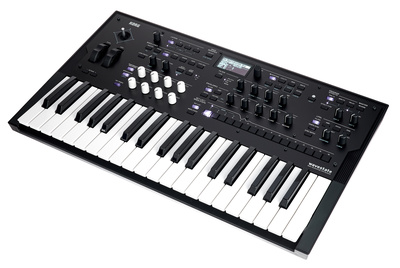

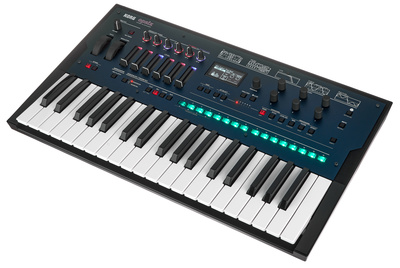
More information about Korg wavestate and opsix native plug-ins
Videos
You are currently viewing a placeholder content from YouTube. To access the actual content, click the button below. Please note that doing so will share data with third-party providers.
You are currently viewing a placeholder content from YouTube. To access the actual content, click the button below. Please note that doing so will share data with third-party providers.
* This post contains affiliate links and/or widgets. When you buy a product via our affiliate partner, we receive a small commission that helps support what we do. Don’t worry, you pay the same price. Thanks for your support!
7 responses to “Korg releases wavestate native and opsix native software synthesizers”
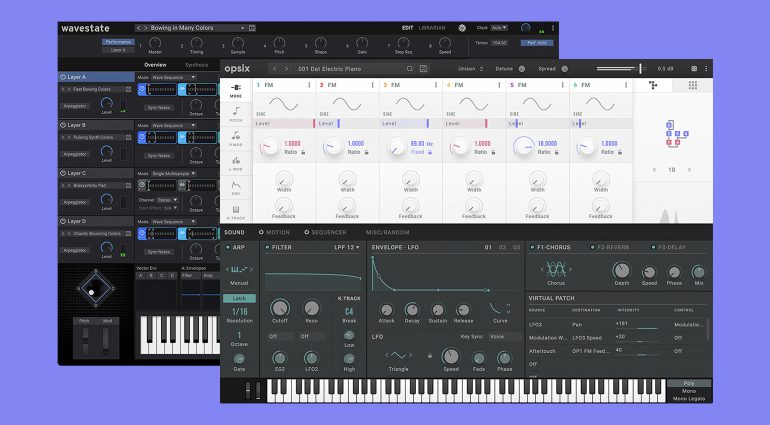

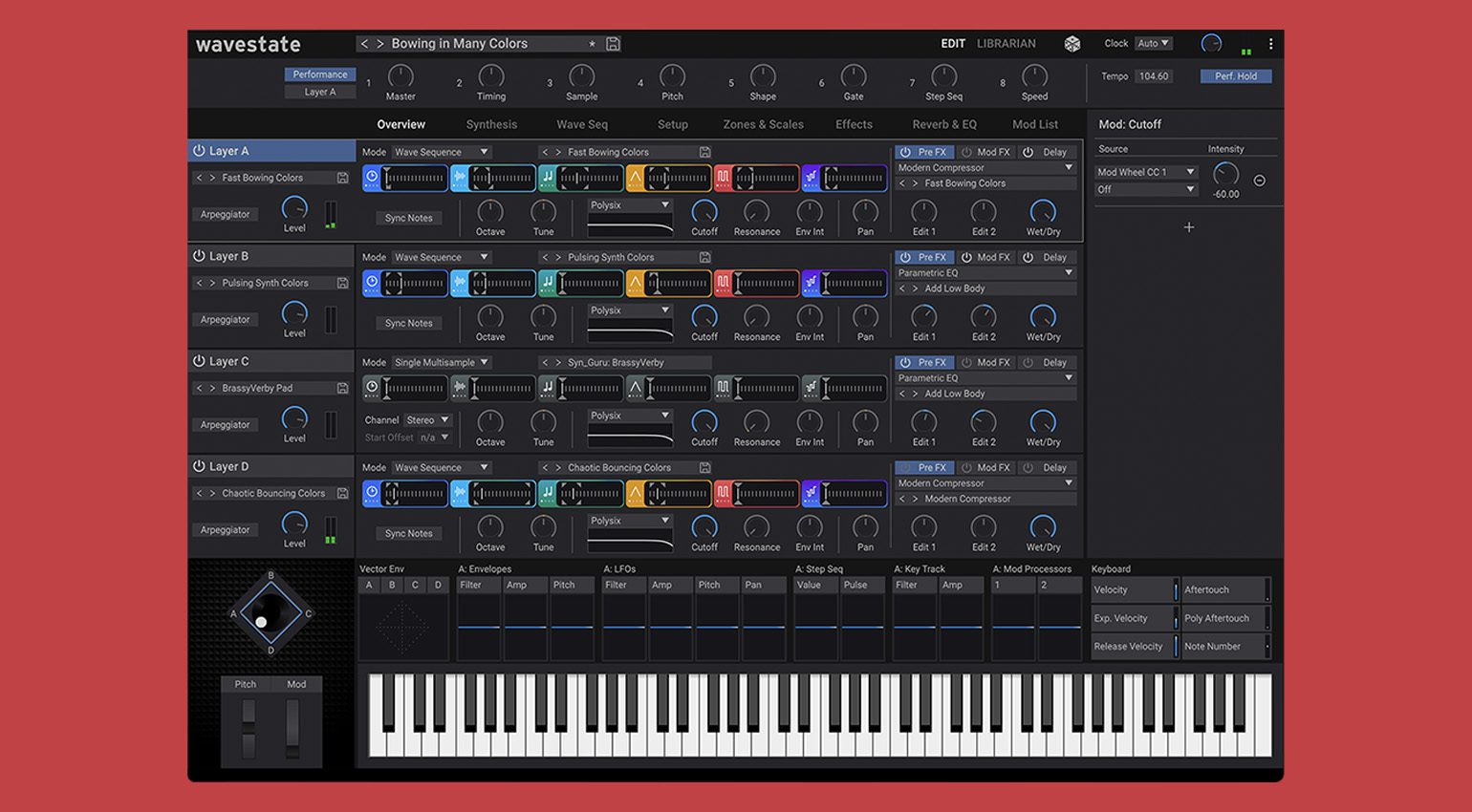
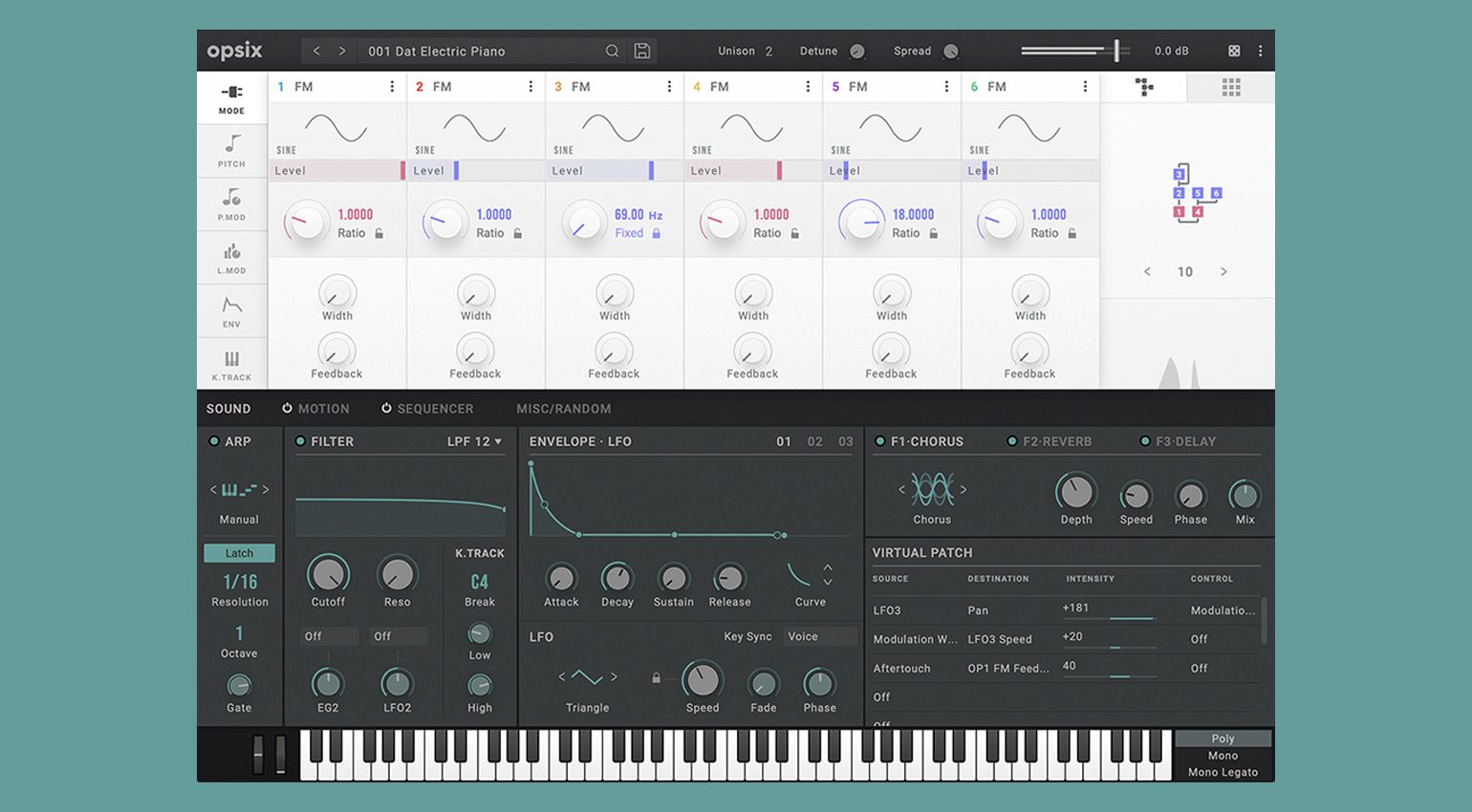

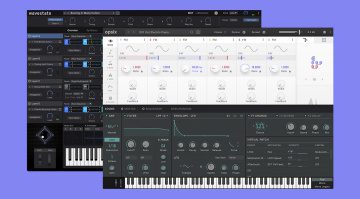

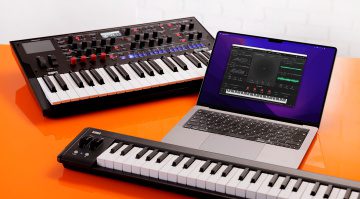
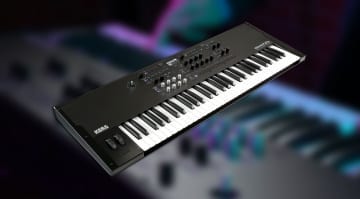
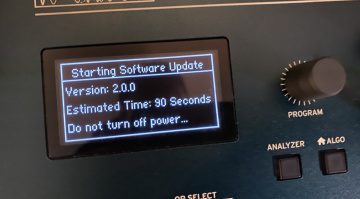

I didn’t know the Opsix and Wavestate were built around Raspberry Pi architecture. Reminds me of the time when I used to shun VSTs and regard them as not professional; something for the kids and their Macs! I was definitely a hardware snob and believed that computers in a studio environment should only be there to take care of sequencing duties (unless you have a Fairlight!) Leave the ‘sounds’ to real synths, samplers and drum machines!
But then when Korg released the original Kronos, it apparently had one of those micro pc’s at its heart, using an Atom CPU and an actual PC motherboard complete with redundant USB ports and VGA ports !
That was a turning point for me – essentially the excellent Kronos was a VST (on steroids, obviously).
Upon this revelation, I changed my opinion with regards to how I viewed PC’s with respect to ‘making sounds’ and dived into Ableton / VST environment and haven’t look back since.
(I wonder if Ableton or other DAW applications will ever make their way across to the Pi ? Perhaps a more powerful, as yet unreleased Future Pi…)
Renoise 3.4 runs on Pi
Yeah, I hear you. VST’s have really come a looooong way. I also remember the times when VST’s really were not that good, at least most of them (especially effects). And the best ones pretty much melt your CPU, if you tried to run more than one instance, sometimes you could not even run one instance with some pad sound. 🙂 But that is not the case anymore as CPU power has multiplied since then and developers have more and more experience as well. I still love hardware, don’t get me wrong on that matter, but I also nowadays love software and I luckily have shed away my purism and I’m thus able to just concentrate on what inspires me. 🙂
Too bad if you never tried a Hartmann Neuron, which is a dual core PC is a very complex controller box. It runs even better in a dual core laptop. The sounds make it completely unique, and I pity anyone who doesn’t have one.
PS– The Neuron also ran in Linux like the Korgs. The later VS was for Mac or Windows.
Well the Wavestate hasn’t yet had its best days. A wonderful synth, it can do a good rendition of everything from wavetable to a string quartet. The sequencer can be mind-boggingly complex, and the mod options are near unlimited. This VST may give people a chance to see the Wavestate before the long overdue Wavestate SE (full size) is released. When the SE comes out I reckon the Wavestate will be seen as a cracking performance/experimental digital synth.
I am guessing the modwave native is delayed for the same reason the hardware modware arrived months after the opsix and wavestate; modwave is much more complex and includes kaoss technology. Translating from Linux to Windows API is no mean feat. The two natives so far are very nice. Once the modwave is available all three can be had for less than the price of one hardware. I am looking forward to it.
You are currently viewing a placeholder content from Facebook. To access the actual content, click the button below. Please note that doing so will share data with third-party providers.
More InformationYou are currently viewing a placeholder content from Instagram. To access the actual content, click the button below. Please note that doing so will share data with third-party providers.
More InformationYou are currently viewing a placeholder content from X. To access the actual content, click the button below. Please note that doing so will share data with third-party providers.
More Information